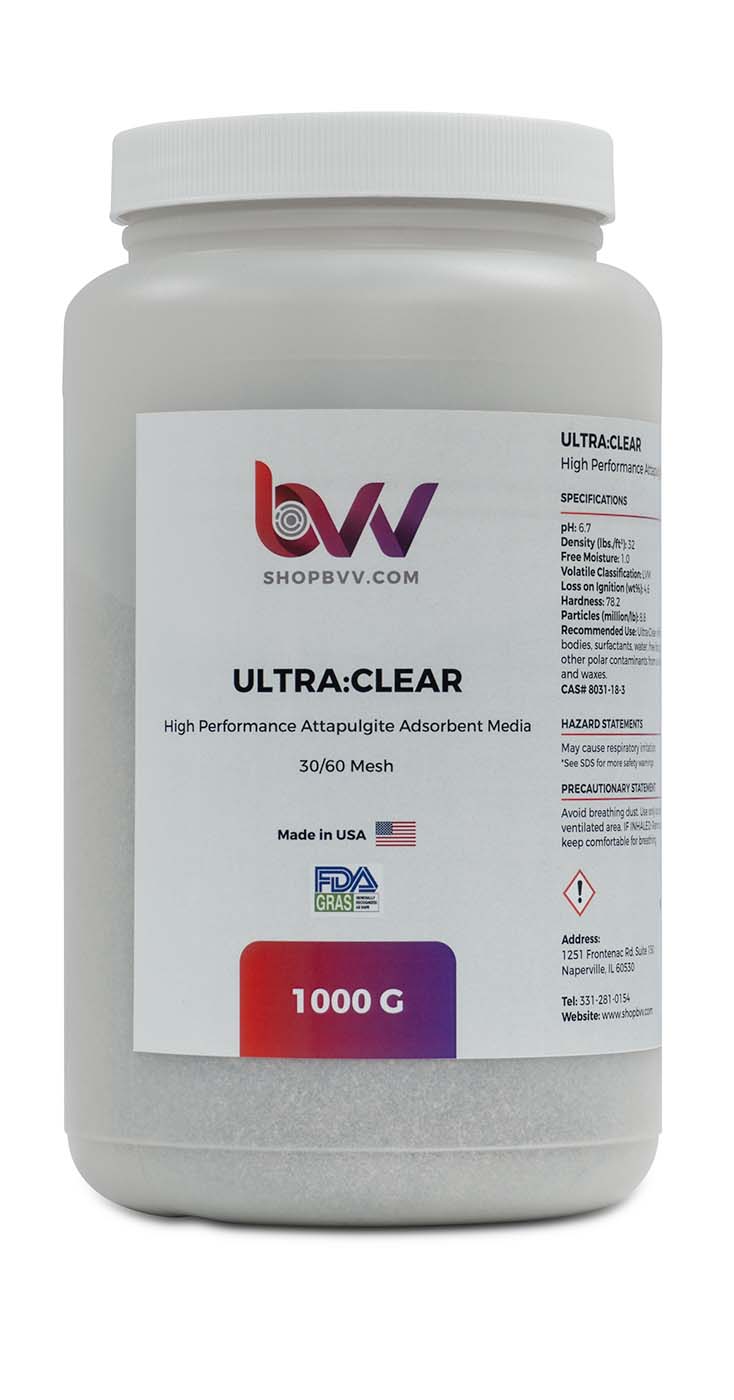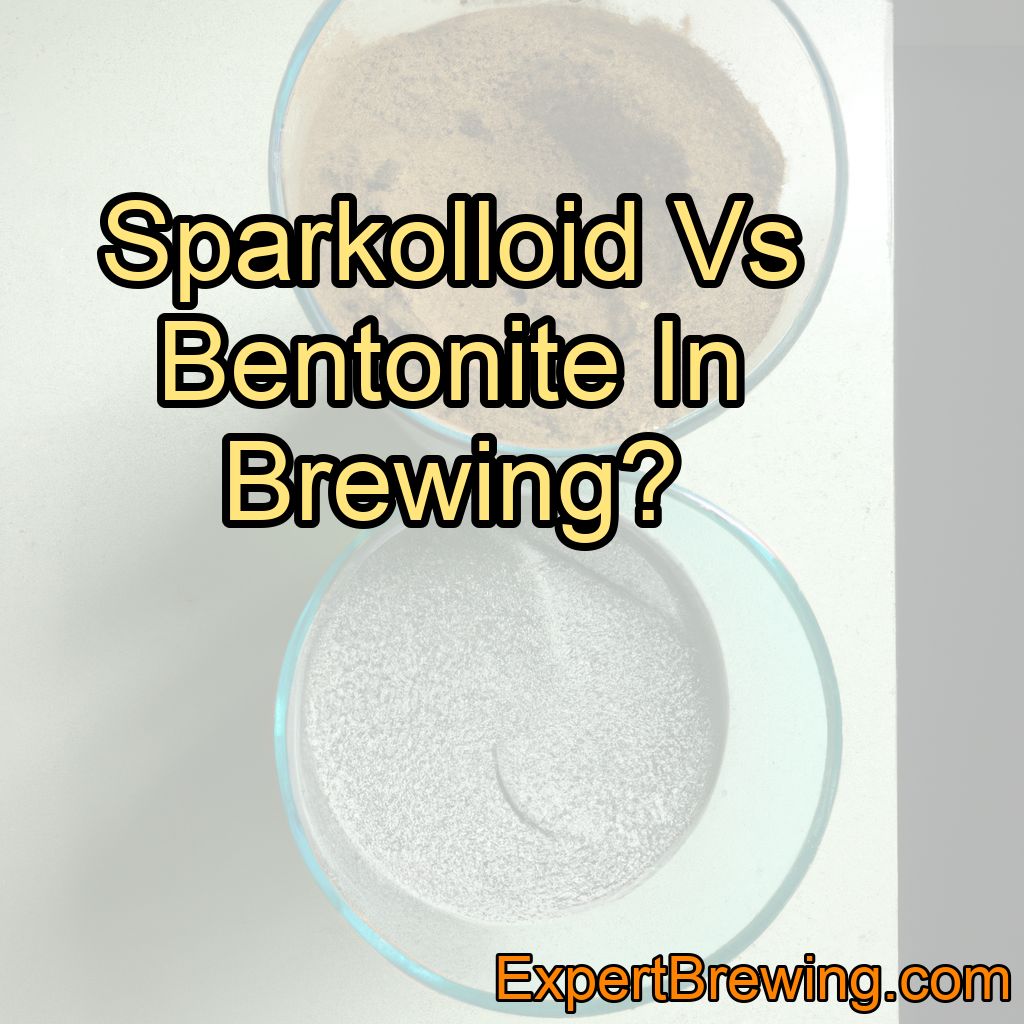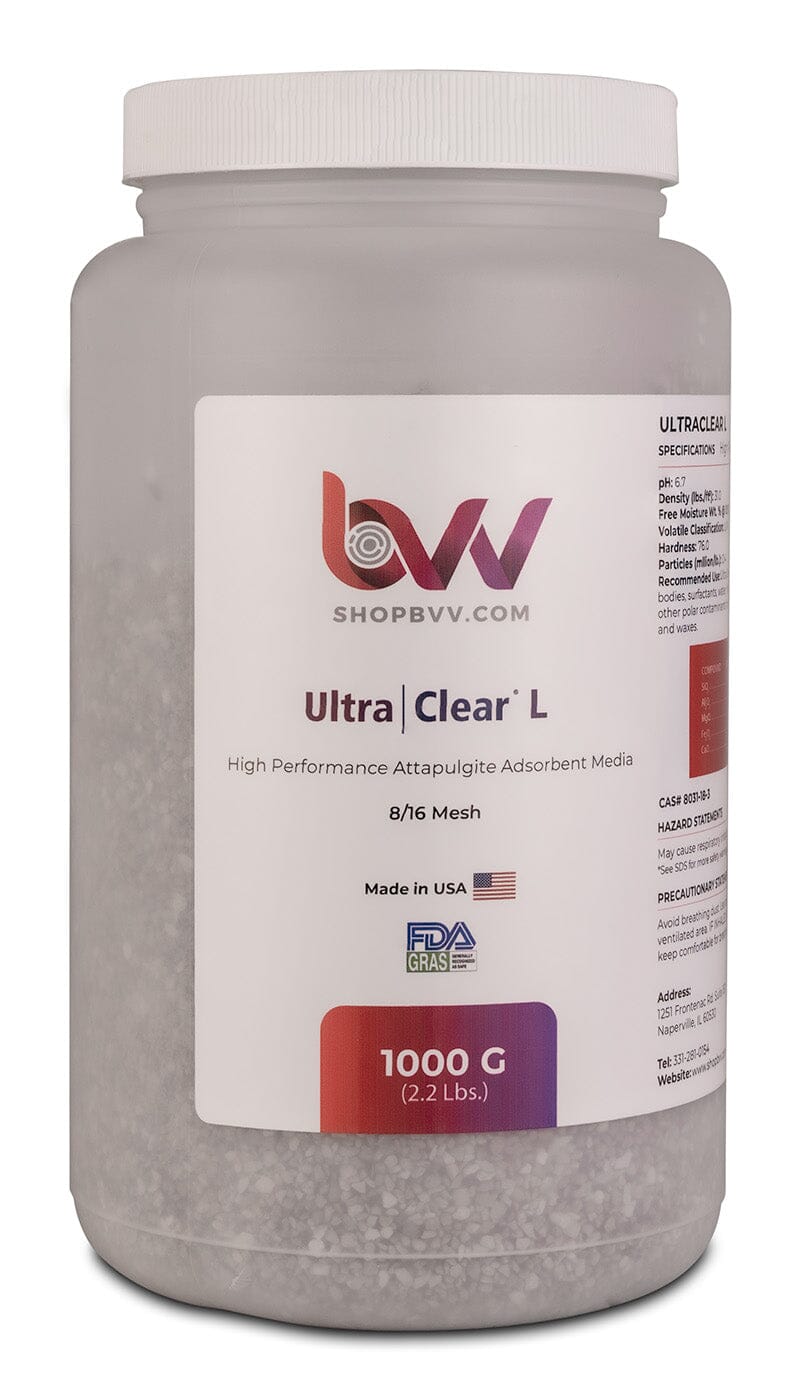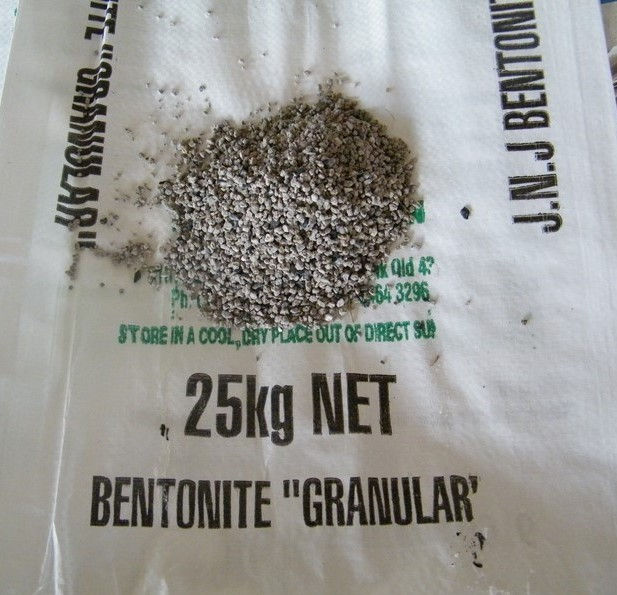Can I Use Bentonite And Super Clear Together

Home brewing and winemaking are experiencing a surge in popularity, leading enthusiasts to explore various techniques for achieving optimal clarity in their beverages. A common question arising within these communities centers on the compatibility of two popular clarifying agents: bentonite clay and Super Clear (or similar chitosan/kieselsol fining agents).
The question of whether bentonite and Super Clear can be used together is complex, demanding careful consideration of timing, application, and the specific beverage being clarified. While some brewers and winemakers report success combining these agents, others caution against it, citing potential negative impacts on flavor and overall clarity. Understanding the science behind these clarifying agents is key to navigating this debate.
Understanding Bentonite and Super Clear
Bentonite is a naturally occurring clay composed primarily of montmorillonite. It possesses a strong negative charge, attracting positively charged particles in the liquid, such as proteins and yeast cells. These particles then clump together and settle out, resulting in a clearer beverage.
Super Clear, often comprising chitosan (derived from crustacean shells) and kieselsol (a colloidal silica solution), operates through a different mechanism. Chitosan carries a positive charge and attracts negatively charged particles, while kieselsol aids in flocculation, helping the particles to clump together and precipitate out of solution.
Potential Benefits of Combined Use
Proponents of using bentonite and Super Clear together argue that the combined action can lead to superior clarity compared to using either agent alone. The logic is that bentonite can remove a broader range of particulate matter, while Super Clear can target specific remaining impurities.
Some winemakers suggest that a pre-treatment with bentonite can prepare the wine for more effective fining with Super Clear. This sequential approach aims to remove the bulk of the haze-causing particles before employing the more targeted action of Super Clear.
Potential Drawbacks and Risks
The primary concern with using bentonite and Super Clear together is the potential for over-fining. Over-fining can strip the beverage of desirable flavor compounds and aromas, resulting in a bland or characterless final product.
Another risk involves the interaction between bentonite and the components of Super Clear. If applied simultaneously or in quick succession, they could potentially neutralize each other, reducing their effectiveness and leading to incomplete clarification.
"The order and timing of additions are critical," warns Dr. Emily Carter, a brewing science consultant. "Introducing incompatible fining agents too close together can lead to unpredictable results and potentially strip the beer of essential flavor components."
Best Practices and Recommendations
If considering using bentonite and Super Clear, careful planning and execution are crucial. A common recommendation is to use bentonite first, allowing sufficient time for it to settle and clear the bulk of the sediment, typically a week or two.
After racking the beverage off the bentonite lees (sediment), Super Clear can be added to further polish the clarity. It is vital to follow the manufacturer's instructions for dosage and contact time for each agent.
Conducting small-scale trials before treating an entire batch is also highly recommended. This allows brewers and winemakers to assess the effectiveness of the combined fining process and identify any potential negative impacts on flavor or aroma.
Alternative Approaches to Clarification
Various alternative clarification methods exist, offering different advantages and disadvantages. Filtration, using equipment ranging from simple gravity filters to more sophisticated plate-and-frame filters, provides a physical barrier to remove particles.
Other fining agents, such as gelatin, isinglass (derived from fish bladders), and egg whites, can also be used to clarify beverages, each with its own specific applications and potential drawbacks.
Time is often the most overlooked, yet effective, clarification method. Allowing a beverage to sit undisturbed for an extended period can allow particulate matter to settle naturally, resulting in improved clarity.
Conclusion
The compatibility of bentonite and Super Clear remains a subject of debate within brewing and winemaking communities. While some practitioners report success using these agents in combination, others advocate for caution and recommend alternative approaches.
Careful consideration of timing, dosage, and potential impacts on flavor is essential when considering this combined fining strategy. Experimentation on a small scale, coupled with adherence to manufacturer's instructions, can help brewers and winemakers achieve their desired level of clarity while preserving the integrity of their beverages.
Ultimately, the best approach to clarification depends on the specific beverage, the desired level of clarity, and the individual preferences of the brewer or winemaker. Informed decision-making, based on a solid understanding of the science behind fining agents, is key to achieving consistent and satisfying results.


















